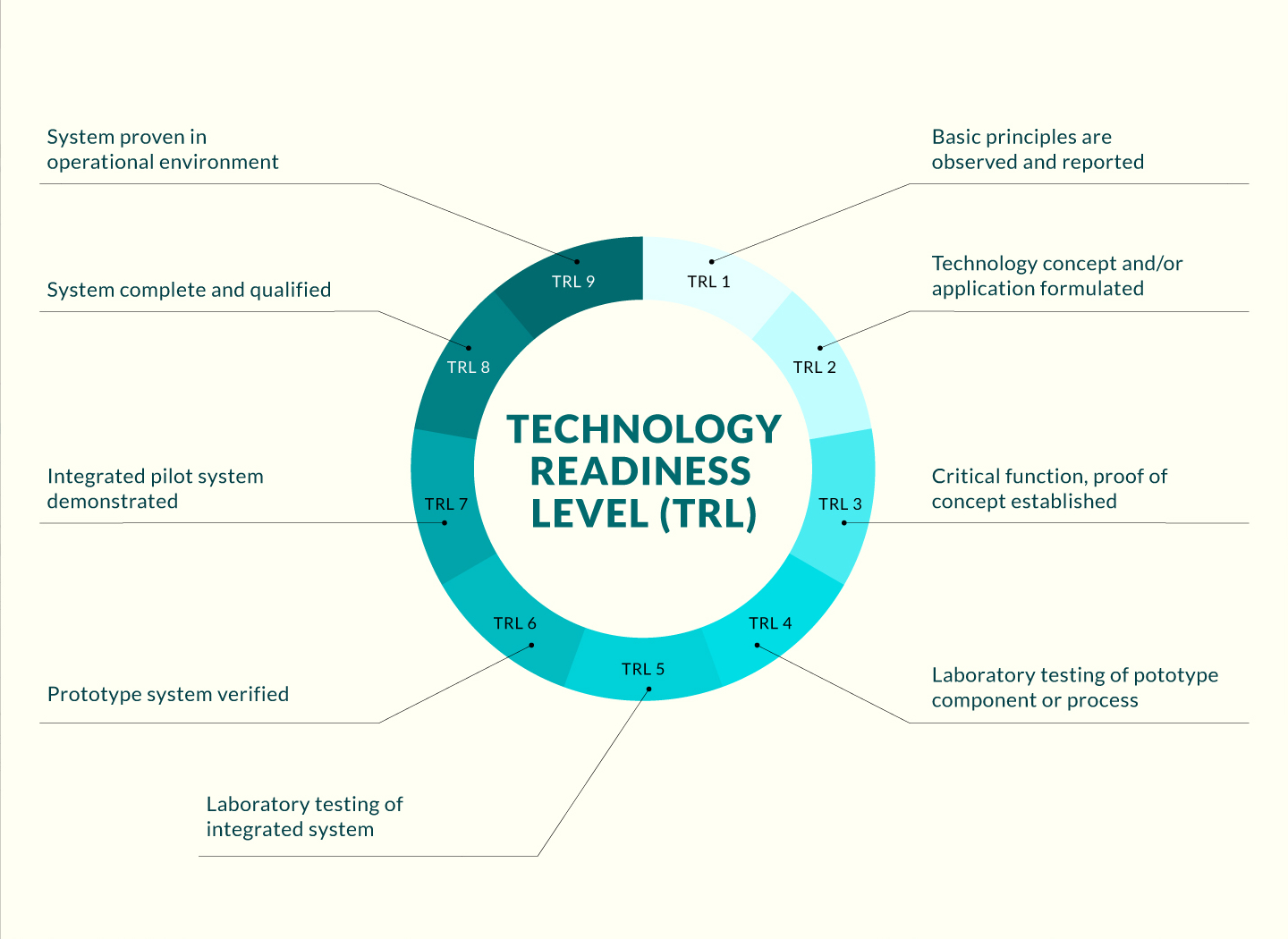
Opportunity
Alloy design is always a resource intensive and time-consuming activity. For centuries, the workflow of alloy design remains melting, casting, homogenization, rolling, forging, aging, testing, etc. When moving from the laboratory to the factory other unexpected problems can occur due to changes in scale and purity, which reducing the reliability of the new alloys. Hence, the development of a new method for rapid alloy design is imperative. The present invention uses 3D printing to accelerate the process by in situ alloying method. It opens a door for microstructure control and mechanical property optimization in metal-based 3D printing, which may lead to a new field of rapid alloy designs in the age of 3D printing.
Technology
This invention uses 3D printing to speed up the alloy design process by in-situ alloying. By building up materials flexibly layer-by-layer, it is feasible to mix powders of different chemical compositions together in any proportions before forming a target alloy. More importantly, because the printing process involves the melting and re-solidification of metal powders (or wires) under direct energy sources, it allows us to control the microstructure, phase constitution, and even concentration heterogeneity in-situ for mechanical property optimization by varying powder types, proportions, and process parameters in-situ.
Advantages
- Faster alloy design method: from alloy design to manufacturing in one step
- Lower raw material cost and design cost
- Lower cost of machining, tooling, and assembling
- Better mechanical properties and reliability for the new alloy
Applications
- Most areas of structural materials such as automotive, aerospace, defense equipment, marine engineering, bio-structural materials, complex precision parts, spectacle frames and other fields.
- This new alloy method is effective and useful for developing new alloys, including titanium alloys, Ni-based superalloys, Fe-based alloys, Al-based alloys, etc.



